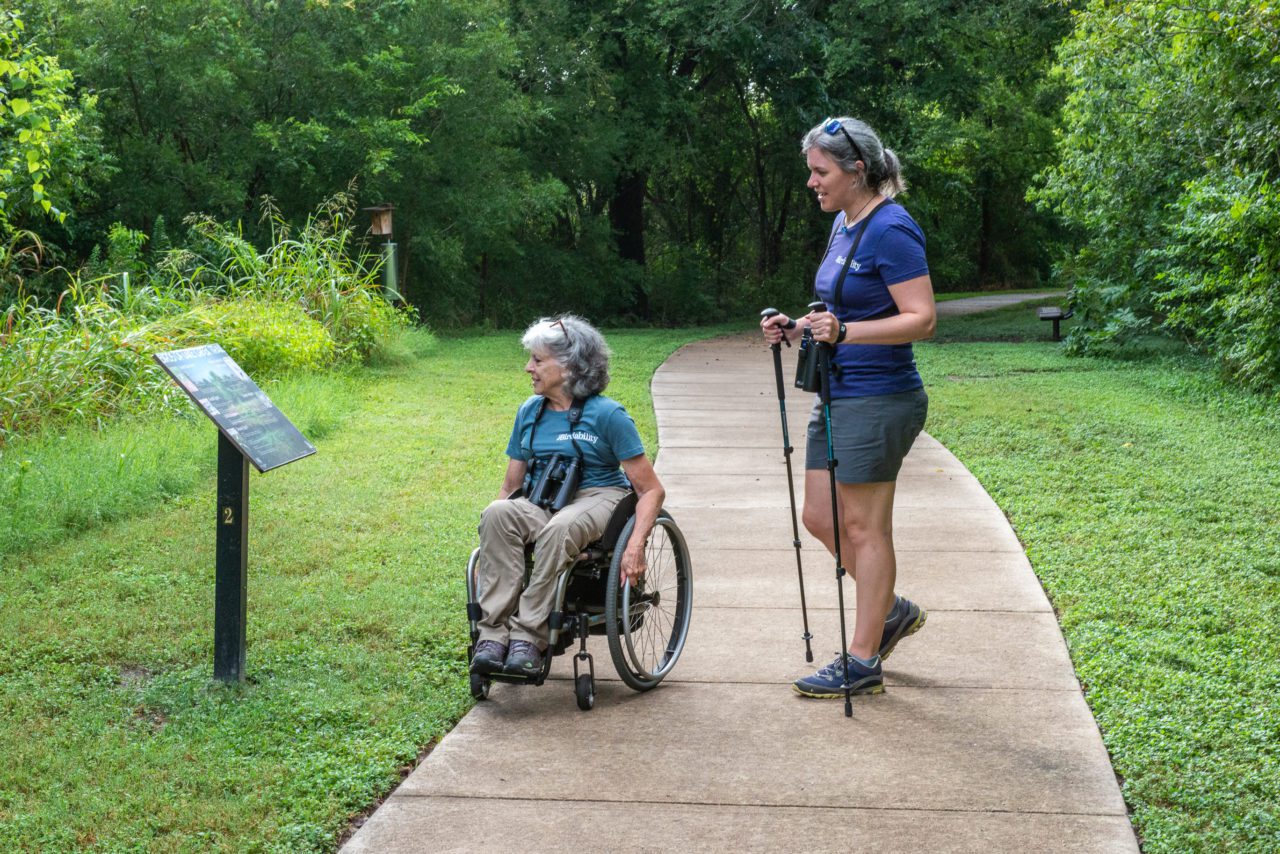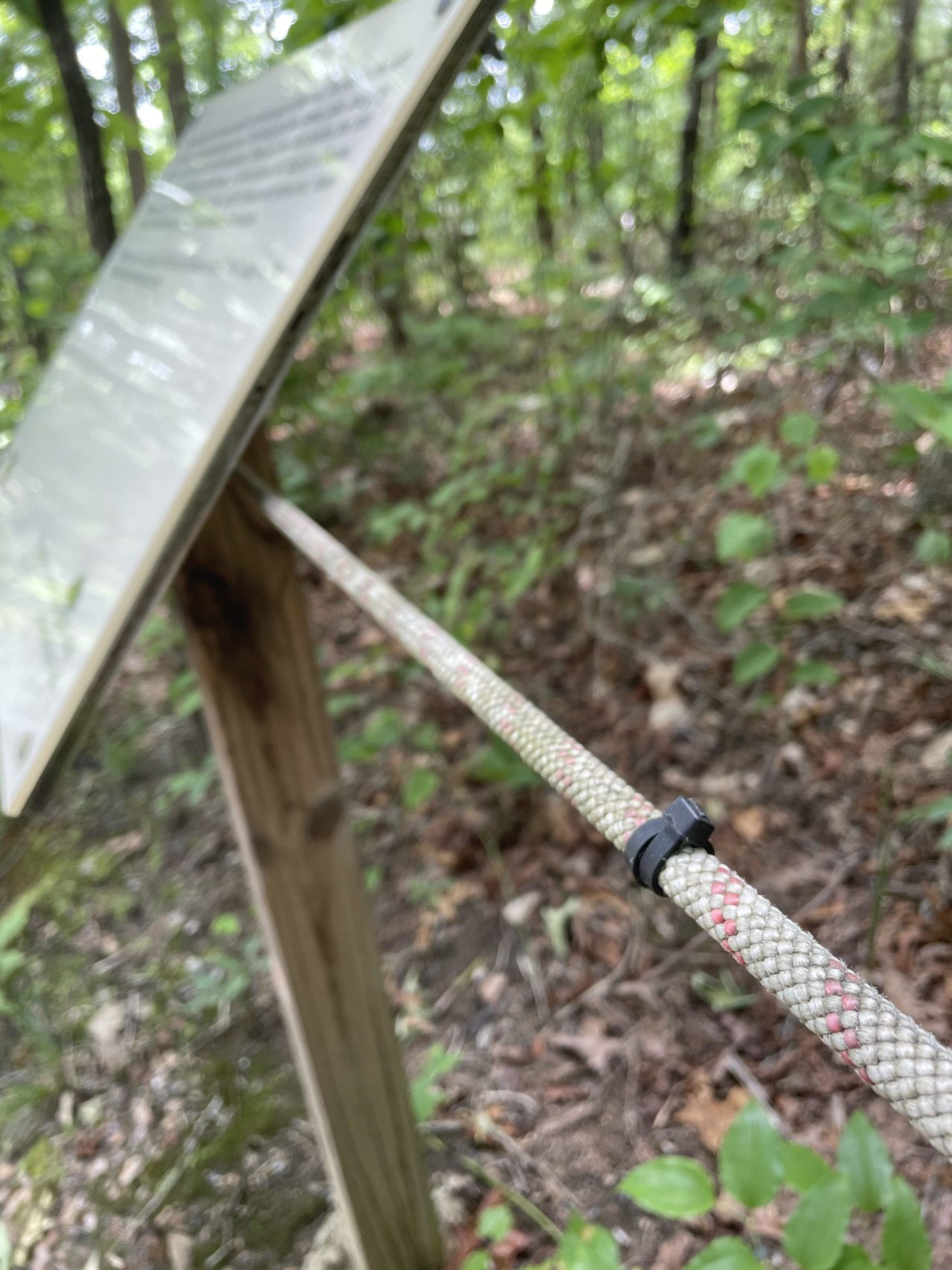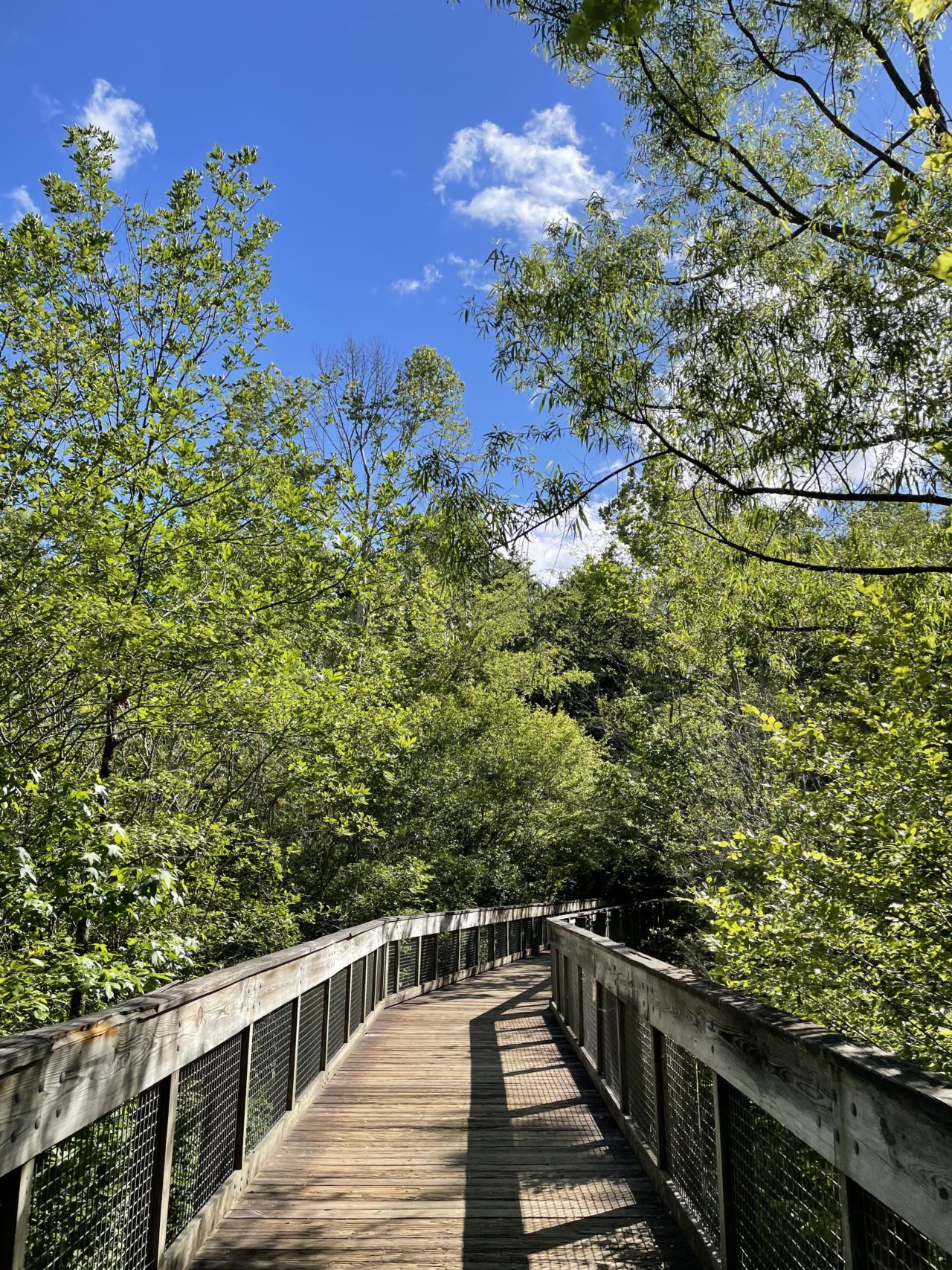Birdability – A Service Learning Project

Are you looking for ways to involve your students in the community while teaching them valuable information? Consider introducing service-learning in the classroom, which combines academic study, civic engagement, and practical experience. The Cornell Lab of Ornithology is excited to highlight Birdability, who is helping make birding more inclusive and accessible to everyone! Contributing to the Birdability Map makes a great service-learning project that benefits both students and people with disabilities and other health concerns.
What is Birdability?
Birdability is a nonprofit whose mission is to ensure birding is accessible for everyone, including those with mobility challenges, blindness or low vision, deaf or hard of hearing, chronic illness, intellectual and physical disabilities, or any others with health concerns that may make it difficult to experience the joys of birding. Birdability aims to make birding more accessible by improving the physical accessibility of birding locations, empowering a welcoming and inclusive birding community, and introducing people with access challenges to birding. To achieve their mission of making birding accessible to everyone, Birdability needs the help of you and your students!
How Can My Class Participate?
The main way students can help make birding more accessible is by contributing to the Birdability Map, a crowdsourced map that describes the accessibility features of birding locations around the world.
First, pick out your birding location. A birding location is any public place someone might go birding and includes trails, bird blinds, observation platforms, feeder stations, and car birding sites. The birding site you choose doesn’t have to be perfectly and completely accessible. But, it does need to be “reasonably” accessible. Not everybody with an accessibility challenge requires all of the features of a truly accessible birding location to be able to visit it with success. Knowing what is and isn’t available is helpful information.

- Is the trail concrete, asphalt, or a wooden boardwalk?
- Is the trail flat and at least 3 ft (1 m) wide?
- Are there signs with tactile (touchable) components, or guide ropes to help folks who are blind or have low vision navigate independently?
If the answer to one or more of the above questions is “Yes” then it is a good candidate for a Birdability Site Review. Please avoid submitting Birdability Site Reviews for birding locations that:
- Have sections of trail steeper than what you would consider a ‘gentle rise’;
- Involve multiple sections of trail with more than three steps (unless there is an appropriate ramp for each set of steps); or
- Require any amount of navigating around or over large obstacles, including rocks or large roots.
Next, have students read the Access Considerations Guidance Document to learn about different accessibility features and their importance. There are also accompanying videos that further explain the accessibility features.
After learning about the various accessibility features, you are ready to visit your birding location! To review a birding location, you can:
- fill out the form directly online; or
- print the Birdability Site Review Checklist; or
- download a fillable PDF of the Birdability Site Review Checklist.
If you choose to print or download the checklist, don’t forget to transfer the information into the Birdability Map online!
Using this service-learning project, you can teach students about accessibility challenges that many people with disabilities face, and challenge them to create solutions. This service-learning project will be an impactful and inclusive learning opportunity for students while benefiting people with access challenges in the birding community.
Take your lesson further by discussing and normalizing disability with your students. Invite students who experience access challenges in the classroom or outdoors to share what they need to visit a place successfully, and how they want other people to interact with them. (Invite them privately so they’re under no pressure if they would rather not.) Discuss with your students basic disability etiquette and how they can create positive change in their community!

Pierce Park in Atlanta, Georgia. Photo credit: Freya McGregor